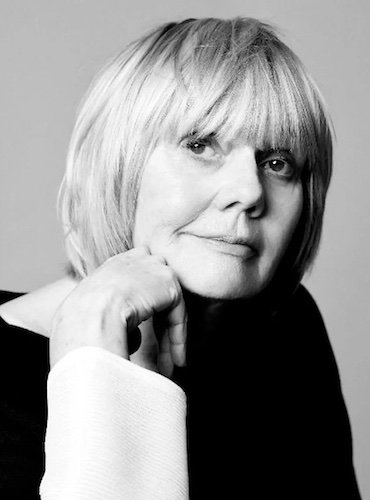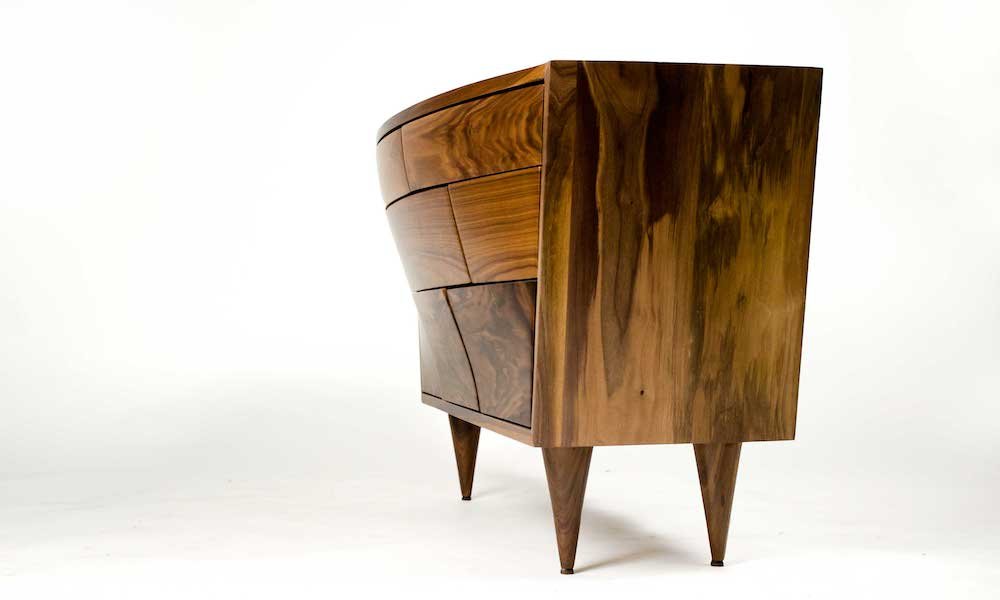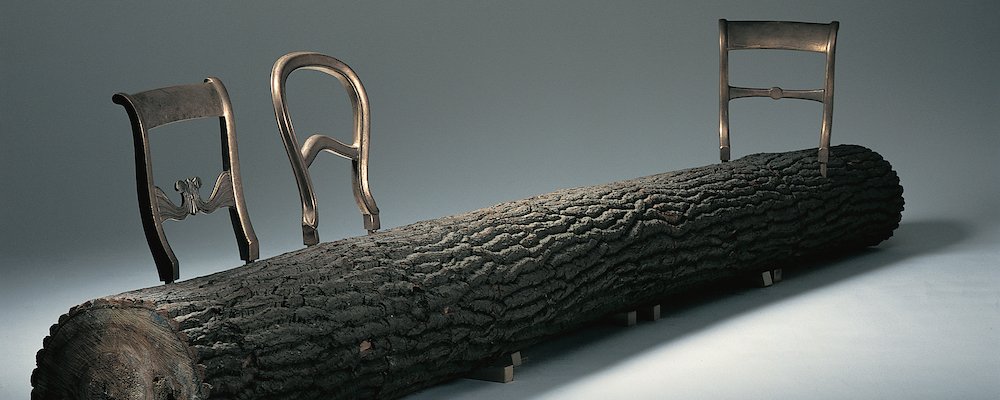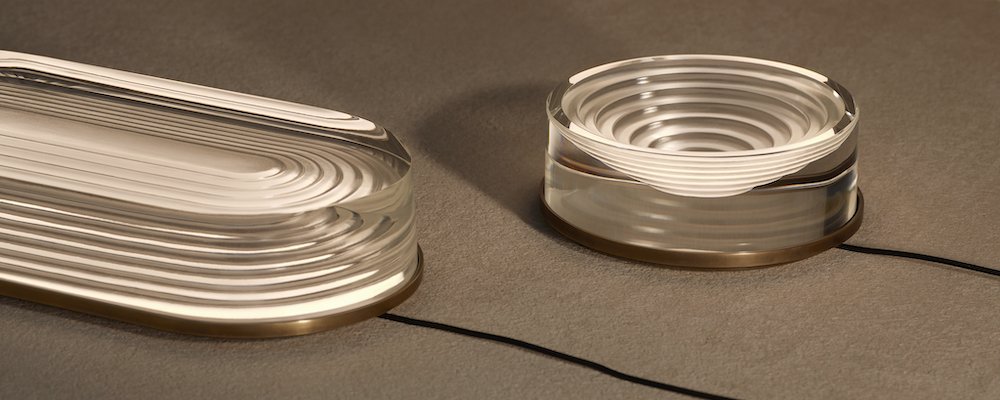#Salone - Droog30. Design or Non-Design?
Celebrating twice its 30th birthday is unusual but when it comes to Droog, it is the least. Both Milan and Rotterdam will pay tribute to the unconventional achievements of Droog. Its DNA goes beyond design and always with a twist of humour and a permanent aim to remain accessible to all.
In Milan first at the Triennale during Salone del Mobile and back ‘home’ in the Netherlands at Het Nieuwe Instituut in Rotterdam, the creative Droog will be celebrated. The 30th anniversary is a good opportunity to review the innovative and rebellious outcome from the Dutch design collective.
The Droog30. Design or Non-Design? exhibition presents pioneering and iconic designs from a label that, over the years, has generated as much controversy as it has affection.
The exhibition celebrates the brazenly insubordinate reality of Droog and our renewed appreciation for the celebrated Dutch brand. Since its foundation in Milan in 1993, Droog has established itself as something other. The collective opposed ‘dry’ (droog) functionalism, instead treating design as an art form capable of expressing humour and being accessible to all.
With this attitude, Droog created a ground-breaking design movement that was not just a trendsetter, but a game changer. The Droog philosophy has been mimicked by countless brands over the past thirty years, while its designs have found their way into the collections of the Museum of Modern Art in New York, the Victoria and Albert Museum in London, and many more.
“Droog brought its dry wit and subversive tendencies to a global audience — and design would never be the same again. The group managed to make its mark on the world thirty years ago as the last pre-internet design movement, so when we look back over its history, we wonder how far we’ve come since then, and where we are heading from here.” says Aric Chen, the general and artistic director at the Nieuwe Instituut
Dry Aim, Warm Outcome
The aim was to create remarkable designs for every objects, to make the ordinary extraordinary. From trendsetter to Dutch Icons of Design, they changed the 1990s appreciation of design then mainly functional or decorative.
Droog’s designers created a design language that gave their works a pronounced autonomy. Furniture and product designs became works of art with their own story to tell. They referenced not only previous designers, but also broader social questions and political issues. With all this, Droog initiated a movement that would become the new benchmark for popular mainstream design. Looking back over the last three decades, it’s clear that this wasn’t a temporary trend, but a shift in mindset that reshaped the entire discipline forever.
Mischievous, unexpected and sometimes ironic, decades on Droog objects still feel exuberant and yet quite natural. In 1991’s famous Chest of Drawers, for example, Tejo Remi ties found drawers together with a strap and so seems to elevate them to a work of art. Since 1999, Marijn van der Poll’s cube-shaped Do Hit Chair, which comes with a sledgehammer, has been inviting every owner to embark on a kind of performance that makes the chair a one-off and completely their own.
Then there’s the nod to craftsmanship of Marcel Wanders’ Knotted Chair from 1996 and the more recent Glass Lantern (2013) by Richard Hutten, who reimagines the traditional Chinese rice paper lantern.
The name that curator Renny Ramakers and designer Gijs Bakker thought up in 1993 remains appropriate for all of these.
The designs are – even if you’re seeing them for the first time in 2023 – contrary, witty, disruptive and uncompromisingly droog, or dry.
I remember when Renny showed me her concept of Design for Download, back in 2011. On the dawn on the Internet age, she completely presented in Milan a full set of furniture and accessories designed for download by EventArchitectuur and Minale-Maeda.
The Droog mania spread around the world with shops in New York, Hong Kong and Las Vegas and carried out projects and exhibitions all over the world, from India to Senegal, from China to New Zealand. In 2012, I was one of the first guests of the Hôtel Droog (above) in Amsterdam. Experiencing Droog 360!
If todays’s social media had existed 30 years ago, Droog would certainly have known what to do with it. With its combination of social themes, unexpected finds, magnetic visual language and playful humour, the designers forming this loose-knit collective would surely have had fun with Droog’s followers.
For the exhibition, curators Maria Cristina Didero and Richard Hutten, one of the founders of Droog and also the exhibition designer, are creating a sort of spatial translation of a Twitter feed. As a visitor, you step into a three-dimensional spectrum of opinion. This allows the curators to make the Droog mentality tangible and comprehensible: still unafraid of strong reactions and swimming against the current. Stories have been included about (post)modern Droog classics.
In Hutten’s design, you can leave your opinion about it live on location and via the Twitter account @DROOG30. The exhibition recaptures the public debate that these days seems to take place mainly online and links it to the analogue spatial interventions through which Droog designers have expressed themselves for decades.
Droog30. Design or Non-Design?
Milan, Salone del Mobile, Triennale, 15-24 April, 2023
Rotterdam, Het Nieuwe Instituut, 2 May - 27 August, 2023
Hero picture: Tree Trunk Bench by Jurgen Bey. Photo Marcel Loermans






















